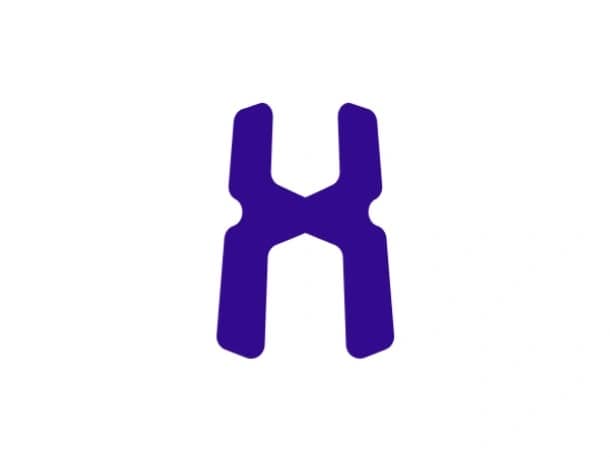订阅 wiki
Share wiki
Bookmark
HUMAN Protocol
HUMAN Protocol
HUMAN Protocol 是一个基于 区块链 的开源框架,它通过 智能合约 和 预言机 服务自动执行微任务的发布、分配、验证和结算。[1] [2] [3]
概述
HUMAN Protocol 作为一个平台,将人类在各种任务中的贡献代币化,使用 区块链 技术创建去中心化市场,工作可以在其中安全地请求、完成和获得报酬。该协议促进了请求者(企业)和工作者之间的直接连接,消除了中间人,并允许更有效地分配价值。
HUMAN Protocol 的核心是支持创建分布式工作市场,任何工作,无论大小或类型,都可以被代币化和发布。这些市场支持广泛的活动,从人工智能训练的数据标记到客户评论和内容创建。该协议特别关注实现人机协作,其中 AI 系统可以处理重复性任务,而人类则专注于专业或创造性工作。
该技术旨在通过改进人们连接和协作的机制来解决数字交互的基础。通过提供工具、基础设施、插件和 API,HUMAN Protocol 支持大规模的数据市场,这些市场最终可以发展到支持任何类型的工作。这通过赋予工作者更多控制可用机会的权力,并确保他们从贡献中获得更大的价值来增强零工经济。[1] [2] [3] [4] [5]
历史
HUMAN Protocol 成立于 2020 年,HUMAN Protocol 基金会位于开曼群岛。该项目作为数据标记行业挑战的解决方案而出现,特别是对于 AI、机器学习和 区块链 应用程序。
第一个在 HUMAN Protocol 上运行的应用程序是 hCaptcha,它是传统 CAPTCHA 系统的隐私保护替代方案。hCaptcha 获得了广泛采用,现在大约有 15% 的互联网用户使用它,代表了该协议所描述的“世界上最大的数据标记劳动力”。
2021 年,该协议推出了其原生代币 HMT,以促进其生态系统内的交易。该代币最初部署在 以太坊 上,但此后已扩展到多个 区块链,以提高可扩展性和互操作性。
2023 年 3 月,HUMAN Protocol 扩展到 MultiversX 区块链(前身为 Elrond),进一步增强了其跨链能力。此次扩展是该协议通过在多个区块链上分配运营来支持不断增长的交易量的战略的一部分。
在其整个发展过程中,HUMAN Protocol 与各种组织和项目建立了合作伙伴关系,以增强其能力和覆盖范围。这些合作包括与 Chainlink 合作提供 预言机 服务,与 Solana 合作提高可扩展性,以及各种 AI 和机器学习计划。[2] [3] [8] [9] [13] [18]
技术
HUMAN Protocol 的架构由几个关键组件组成,这些组件协同工作以实现安全高效的工作市场:
核心组件
- 智能合约: 该协议使用基于区块链的 智能合约 来自动执行作业发布、任务分配、验证和支付流程。这些合约确保了分布式各方之间的透明度和信任。
- 预言机: HUMAN Protocol 采用了一个两部分的 预言机 系统来验证任务的成功完成并验证提供给网络的信息。这包括交换预言机、记录预言机和声誉预言机,每个预言机都在工作流程中发挥特定功能。
- 作业启动器: 此组件允许请求者将作业发布到网络,指定任务类型、奖励金额和工作者要求等参数。
- HUMAN 应用程序: 一个用户界面,使工作者可以访问和完成任务,从而获得奖励。该应用程序是贡献者的主要交互点。
工作流程
该协议遵循特定的作业处理工作流程:
该系统旨在高效地处理大量交易。为了防止 区块链 拥塞,数千到数百万个任务被批量处理到每个交易中,从而使该协议能够有效地扩展。
HUMAN Protocol 在多个 区块链 上的互操作性是一个关键的技术特性,使其能够利用不同网络的优势,同时减轻其局限性。这种跨链方法支持协议的增长,并使其能够处理不断增长的交易量,因为越来越多的应用程序与系统集成。[2] [6] [17]
Human Token (HMT)
HUMAN Protocol Token (HMT) 是 HUMAN Protocol 生态系统的原生 加密货币。它是网络内价值转移的主要机制,促进请求者和工作者之间的支付。
HMT 的固定最大供应量为 10 亿个代币,该代币在多个区块链上运行,包括 以太坊(作为 ERC-20 代币)和 MultiversX,以提高可访问性并降低交易成本。
该代币的主要用例包括:
- 工作报酬: 请求者使用 HMT 为智能合约提供资金,以支付完成任务的工作者。
- 网络运营: 生态系统内的预言机运营商和其他服务提供商因其贡献而获得 HMT 报酬。
- 治理: 代币持有者可以参与协议 治理 决策,尽管具体机制各不相同。
HMT 在多个 加密货币 交易所上市,其中 Gate.io、MEXC 和 CoinEx 是交易量最活跃的交易平台。
该代币的价值与 HUMAN Protocol 生态系统的采用和效用相关。随着越来越多的应用程序与该协议集成,以及越来越多的工作者和请求者加入该网络,对 HMT 的需求可能会增加,从而可能影响其市场价值。[1] [2] [3] [5] [6] [7] [8] [12] [13] [17] [18]
发现错误了吗?
